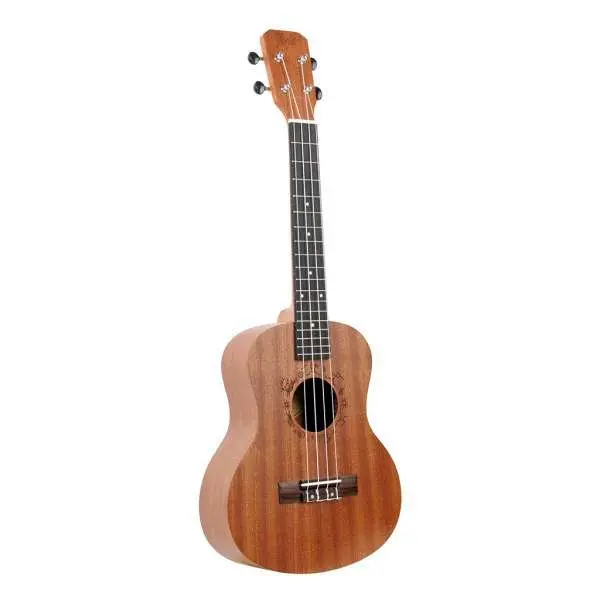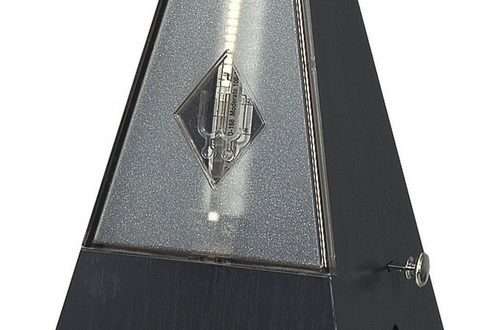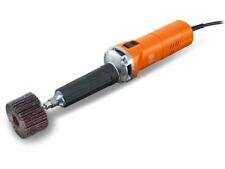
Types of ukulele
Ukulele is a plucked stringed instrument, and like most musical instruments, it has its own types. It usually has four strings, but there are models with six or eight strings, of course in pairs. This instrument looks like such a miniaturized guitar.
One of the most popular is the soprano ukulele. The scale of this model is usually approx. 13-14 inches long, i.e. 33-35 cm depending on the manufacturer, and the fingerboard is equipped with 12-14 frets. Due to the small resonance body, the decay time is short and this predisposes this type of ukulele to play fast pieces, where fast chord strumming is used. As a standard, the strings are tuned in the following order: at the very top we have the thinnest G string, then C, E, A.

A slightly larger ukulele than the soprano ukulele is the concert ukulele. Its scale is a bit longer and is approx. 15 inches or 38 cm, it has a larger resonance body than its predecessor, and the number of frets is from 14 to 16, it works very well in a team game.
The next in terms of size is the tenor ukulele, which measures approx. 17 inches, which equals 43 cm, and the number of frets is also greater than 17-19. Compared to its predecessors, the tenor ukulele has the longest decay moment, which is one of the reasons why it is perfect for solo play.

The baritone ukulele is one of the largest and has a lowered tuning compared to the previous ones, which corresponds to the first four strings of a classical guitar. We can also meet a very tiny sopranino ukulele, which is often tuned higher than the standard C6 even by an entire octave. Its measurement is about 26 cm, which is about 10 cm less than the soprano. We also have a bass ukulele built on the basis of a baritone ukulele, which uses a completely different type of strings than in the previous types. In terms of sound, it is similar to a bass guitar and this is also the function it performs in a team play. Of course, manufacturers wanting to meet the largest possible group of customers combine different types of ukulele with each other, which results in some kind of hybrids with, for example, a soprano ukulele resonance box and a tenor ukulele neck. Thanks to such a wide variety, we can choose the ukulele that best meets our sonic expectations. Of course, the sound of the instrument is influenced by the material it was made of. One such basic raw material is koa wood, which is such a variety of acacia species. Although it is not easy to work with, it is most often used due to its exceptionally good sonic qualities. Of course, we are talking about top-shelf instruments because budget ukuleles are made of more available wood species such as mahogany, cedar, rosewood, maple and spruce.
Ukuleles, like most stringed instruments, can be tuned in various ways. The standard tuning is C6, used for soprano, concert and tenor ukulele (G4-C4-E4-A4). We can stand with the so-called with high G or low G, where the G string is one octave higher or lower in tune. There is also the Canadian D6 outfit, consisting of the sounds A4-D4-Fis4-
H4, which is a tone elevated in relation to the C tuning. Depending on what we decide to stand for, we will also have the sound capabilities of the instrument.
Ukulele is a very interesting instrument, still developing very dynamically. The ease of playing and small size make more and more people interested in learning to play it. Every moment spent with this instrument should bring a lot of joy and satisfaction to each user.





